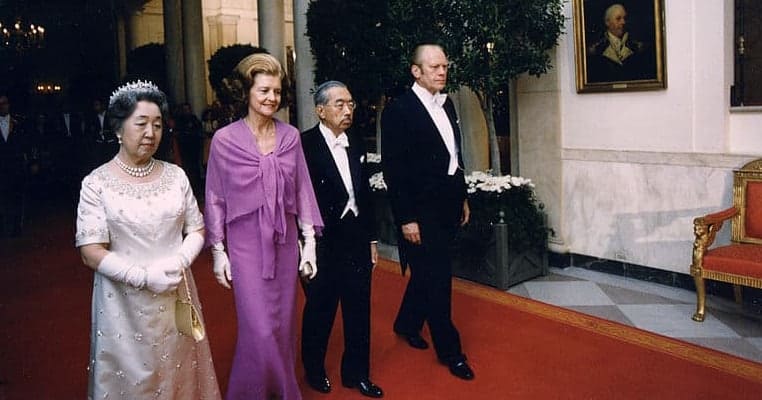State visits form the prestigious centerpiece of international diplomacy, bringing together the two heads of state from respective nations in a rare and intimate interaction. Designed to demonstrate the bonds of friendship between the two countries, these carefully orchestrated and engineered events serve as public expressions of bilateral relations. Involving strictly delineated ceremonies, following decades, if not centuries, old protocols, these extravagant occasions are auspicious, time-consuming, and costly endeavors. Despite this, understanding of the precise meanings and nuanced significance of many of the important moments of state visits is found habitually lacking; sometimes, even on those in attendance.
Here are 17 facts about state visits by foreign rulers to the White House:

17. State visits, as the name suggests, are a privilege only granted to the formal heads of state from the respective visiting nation and under specific circumstances
State visits to the United States of America occur only when a foreign head of state visits whilst acting in their sovereign capacity. The latter stipulation separates a “head of state visit” from an “official visit”, denoting an occasion of uniquely special importance to the guest dignitary. An exception to this strict protocol was made in 1944 by President Roosevelt for General Charles de Gaulle, the leader of Free France: the French Republic’s government-in-exile during the Nazi occupation. Featuring “all the trappings of a visiting head of state”, due to America’s recognition of his status as the legitimate, if not formal, head of state of France, de Gaulle was respectfully provided with the formalities.
Although the same length as an official visit, four days, subtle differences exist between the two events. Despite recipients of both enjoying a flight-line ceremony, a White House arrival ceremony and dinner, the exchange of diplomatic gifts, an invitation to reside at Blair House, and flag street-lining, along with an opportunity – subject to negotiations – to make an address to Congress, minor alterations separate the occasions. For example, during a state visit the White House dinner is white-tie as opposed to black-tie for an official visit, whilst the arrival ceremony features as 21-gun salute instead of only a 19-gun salute.

